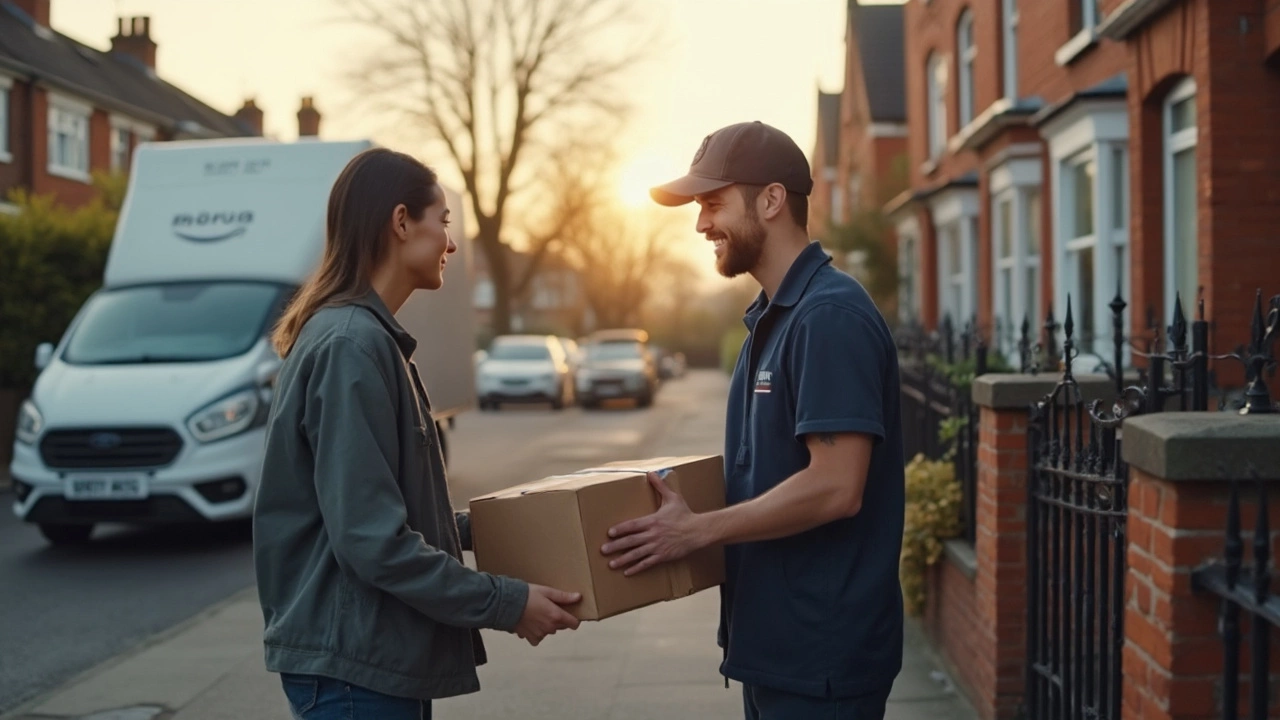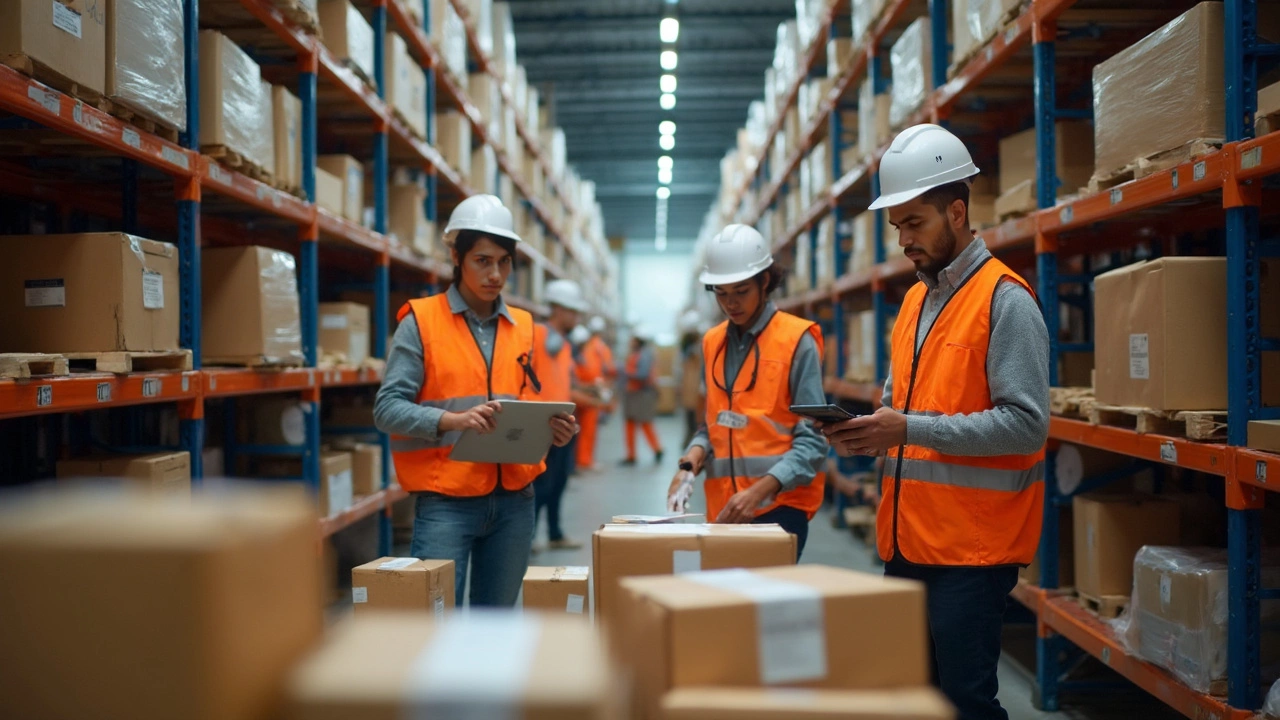Fulfillment Made Simple: How to Speed Up Your Shipping and Keep Customers Happy
Every online store knows that a slow or messy fulfillment process hurts sales. When a customer clicks "buy" they expect a quick, error‑free delivery. Getting the right items packed, labelled and shipped on time isn’t magic – it’s a series of clear steps that anyone can improve.
What fulfillment really means
Fulfillment covers everything from receiving an order to getting the package on the buyer’s doorstep. It starts with inventory checks, moves through picking and packing, and ends with carrier hand‑off and tracking. If any link in the chain breaks, the whole experience suffers. Treat each stage like a small project with its own deadline.
Key steps to streamline the process
First, keep an accurate inventory system. A spreadsheet might work for a handful of items, but most businesses benefit from a basic Warehouse Management System (WMS). Next, set up a pick‑list that groups orders by location in the warehouse – this cuts walking time. When packing, use the smallest box that protects the product; add protective material only where needed. Finally, print shipping labels in bulk and stick them on the right spot to avoid re‑labeling later.
Technology can shave minutes off each order. Simple barcode scanners sync with your WMS, confirming the right product is chosen. Shipping software compares rates from UPS, FedEx and local couriers, then selects the cheapest option that meets your delivery promise. Automating these decisions reduces human error and keeps costs down.
Inventory doesn’t stay still, so regular cycle counts matter. Instead of a huge year‑end audit, count a few shelves every week. Spot‑check fast‑moving SKUs more often – they’re the ones that cause stock‑outs the fastest. When the system shows low stock, reorder before you run out, or shift inventory to a secondary location to keep orders flowing.
Packaging is the face of your brand. Use branded tape or stickers to make the box feel personal, but don’t overdo it. A well‑filled box prevents movement, which means fewer returns for damaged goods. Include a clear packing slip with the order number and a short thank‑you note – small touches boost repeat business.
Choosing the right carrier depends on speed, price and coverage. For local deliveries, a regional courier might beat the big players on cost and flexibility. For international orders, compare duty‑paid options to avoid surprise fees for the buyer. Always check the carrier’s cut‑off times; missing a deadline can push a next‑day promise to two days, damaging your reputation.
Measure fulfillment performance with a few simple metrics: order‑to‑ship time, shipping cost per order, and return rate. Track these weekly and look for spikes. If orders are taking longer, ask whether it’s a picking issue, a packing bottleneck, or a carrier delay. Quick fixes often involve re‑training staff or tweaking the layout of your picking area.
Start small: pick one weak spot, fix it, and watch the improvement ripple through the rest of the process. Over time, the cumulative gains will lower your shipping costs, speed up delivery, and keep customers coming back for more.
May 20, 2025
Evelyn Wescott
0 Comments
Ever wondered why your Amazon packages sometimes arrive in a white van and other times with an official Amazon truck? This article breaks down the real difference between Amazon delivery and Amazon logistics. You'll learn how Amazon moves your orders from the warehouse to your doorstep, who actually delivers them, and why it matters for both customers and small business sellers. Discover some behind-the-scenes facts about how Amazon built its own delivery empire. Get a few practical tips to avoid missed packages and understand shipping times better.
May 20, 2025
Evelyn Wescott
0 Comments
Curious about which e-commerce giant leads the pack in logistics? This article dives into why Amazon dominates the scene, how their fast delivery models work, and what sets their logistics apart. You’ll also get real-life tips on navigating Amazon as a seller or shopper and learn about their innovative use of warehouses and technology. By the end, you’ll see how Amazon shapes everyday shopping and what to watch for in e-commerce logistics.
May 10, 2025
Evelyn Wescott
0 Comments
E-commerce logistics specialists keep online shopping running smoothly, from packing to delivery. They manage inventory, shipping, and returns, making sure customers get what they order on time. This article explains what their day-to-day looks like, key skills they need, and how they find solutions when things go wrong. Learn what sets a great logistics specialist apart and get real tips for companies looking to step up their e-commerce game. If you shop—or sell—online, you’ve probably benefitted from their work without even noticing.






